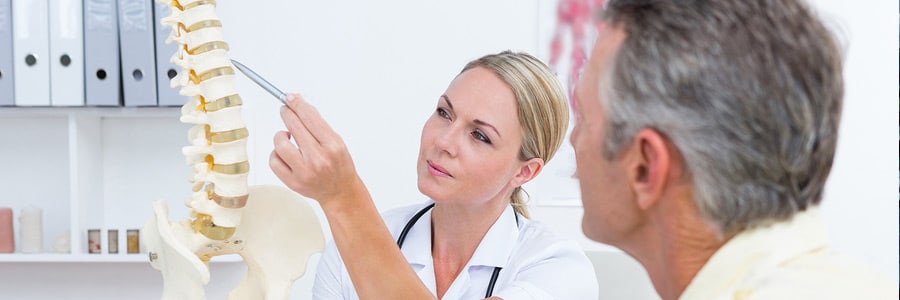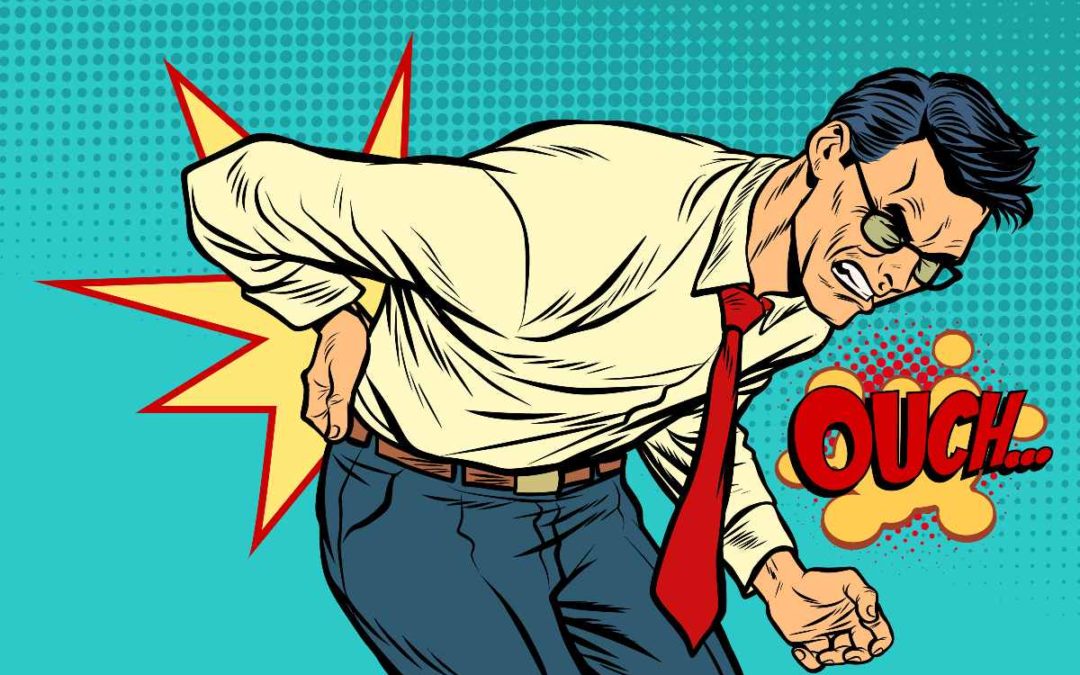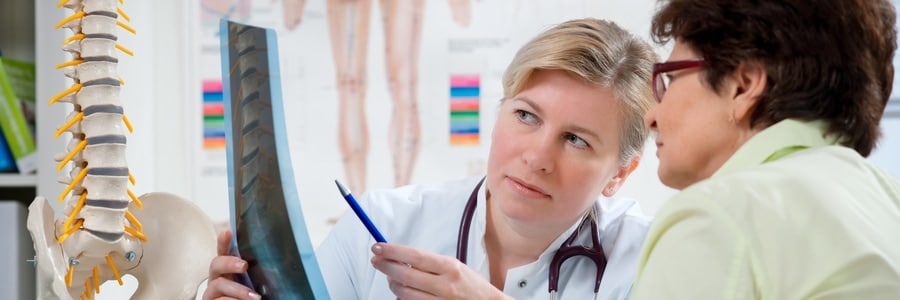Considering how much we rely on our spines, it’s interesting how much we generally don’t think about its importance. The human spine consists of 33 bones, 24 joints, and over 30 muscles connected to the spine. It is classified as the most complex structure in the skeletal system, and arguably the most important.
The spine’s importance stems from the fact that it contributes to almost every single human movement, either as a primary mover or as a stabilizer. The spine also houses the spinal cord, an extension of the brain that relays information about what’s happening inside and outside your body.
Back to Basics
The main structure of the spine that we commonly refer to is the vertebral column, which is the bony exterior of the spine that determines its shape. The vertebral column is divided into four regions: cervical (upper), thoracic (middle), lumbar (lower), and sacral (tail). The vertebral column consists of 33 vertebrae: 7 cervical, 12 thoracic, 5 lumbar, and 5 fused sacral vertebrae.The smallest vertebrae are usually in the upper regions closer to the skull. The largest are the lumbar vertebrae which usually bear the bulk of the body’s weight, as well as the bulk of the stress from the objects we carry, hence its increased likelihood for injury. Between each vertebra lies a gel cushion that supports movement and cushions the connections between vertebrae. When you hear of an individual suffering from a herniated or slipped disk, this is usually in reference to the gel cushion or intervertebral disk being out of place or punctured.
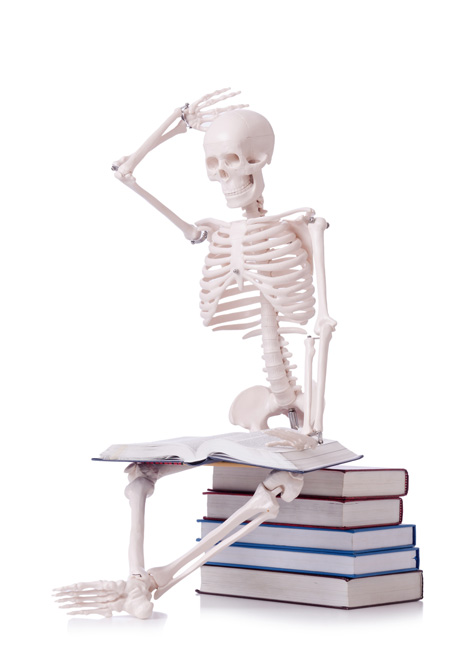
Curve Appeal
When examining the spine visually, what we actually see are the curvatures of the spine. The four main curvatures of the spine give shape and the resulting posture of the individual. Each curvature corresponds with one of the regions of the spine. The cervical and lumbar curves are both shaped inwardly, whereas the thoracic and sacral curves are curved outwardly.
Two common terms that you may hear in reference to spinal curvatures are lordosis and kyphosis. An exaggerated curvature in the lumbar region, be it congenital or developed, is usually referred to as lordosis. Exaggerated curvature of the thoracic region is called kyphosis, which commonly causes a hunching of the mid-back.
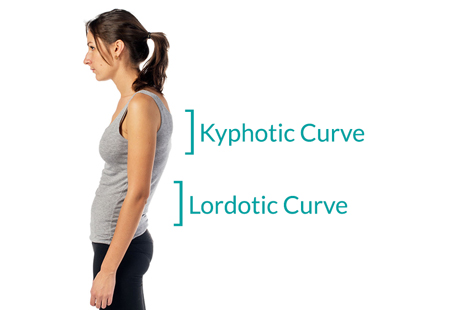
A Spine in Motion…Tends to Stay in Motion
Almost every move we make is thanks-in no small part, to the spine. And like the rest of our body, the spine needs to be strong by being exercised properly. A lot of movements and motions are dependent on the strength of the spine like our arms and legs.
A great way to illustrate the importance of spine strength is the analogy of a tree. The amount of stress that any single branch can withstand is entirely dependent on the amount of stability and strength that the trunk can provide. Even the strongest and thickest tree branch cannot handle a heavy load placed on it if the trunk of the tree is weak, the trunk will simply break and the branch will drop. Likewise, the amount of load or stress that your arms or legs can withstand is entirely dependent on the strength and stability of your spine. And as in the tree analogy, if you place a great demand on your arms or legs without a strong spine, it may result in a serious injury or injuries. Hence the prevalence of chronic lower back pain, particularly in those who experience a decrease in strength associated with aging and a sedentary lifestyle.
The strength of your spine depends on three factors: the health of your bones (vertebrae), interconnecting joints, and strength of your surrounding muscles. All of these are largely dependent on individual nutrition, exercise habits, and any previous injuries.
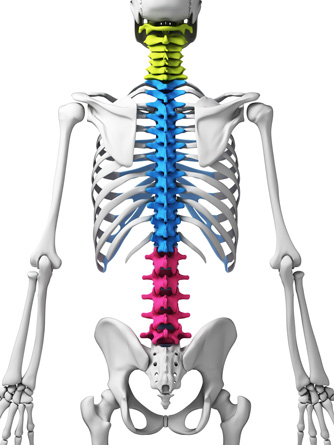
We’ve Got Your Back
Here at the Texas Spine Clinic, we promote excellent spinal – and overall – health. Our dedicated professionals know how to help keep this crucial element of your body in it’s best condition. Call us at 210-545-5111 or visit our contact page to make an appointment at our convenient San Antonio location. Quickly be on your way to a happier and healthier back.
Spinal manipulations, also known as adjustments, are our specialty, along with cutting edge non-surgical techniques to promote healing and reduce pain. Our highly trained doctors Barton and Huffman are proud to be leaders in the field of chiropractic care and welcome you to join their practice as valued new or returning patients.

